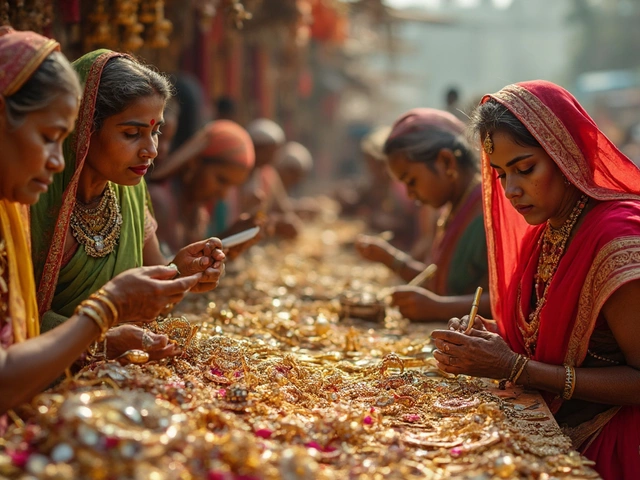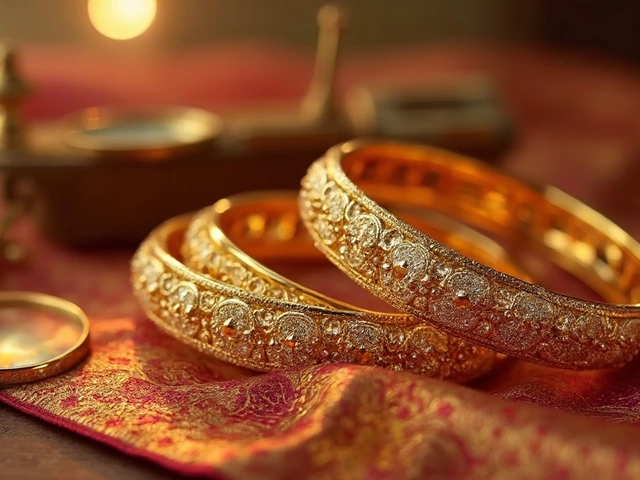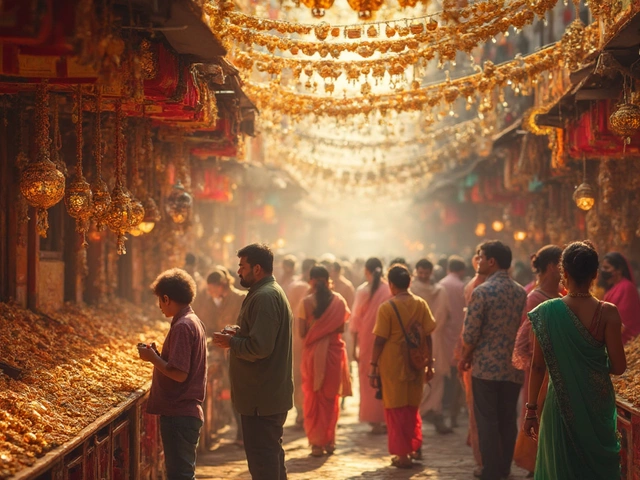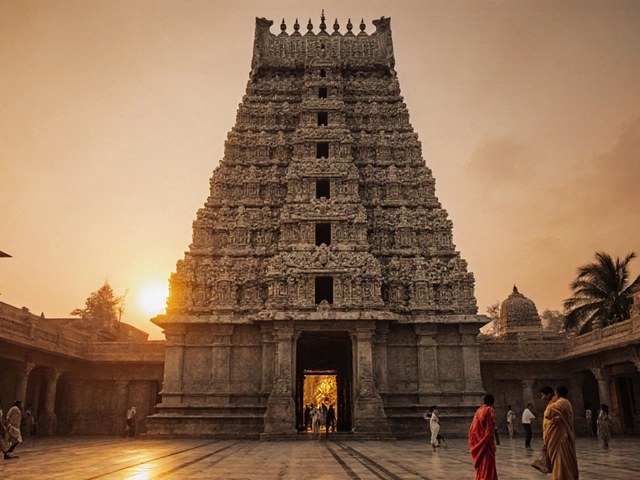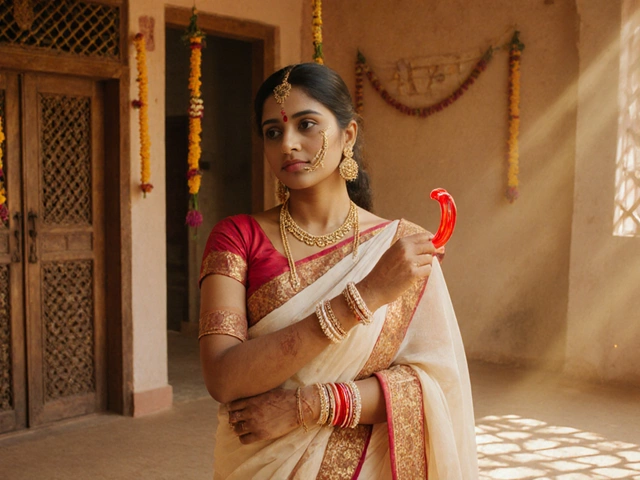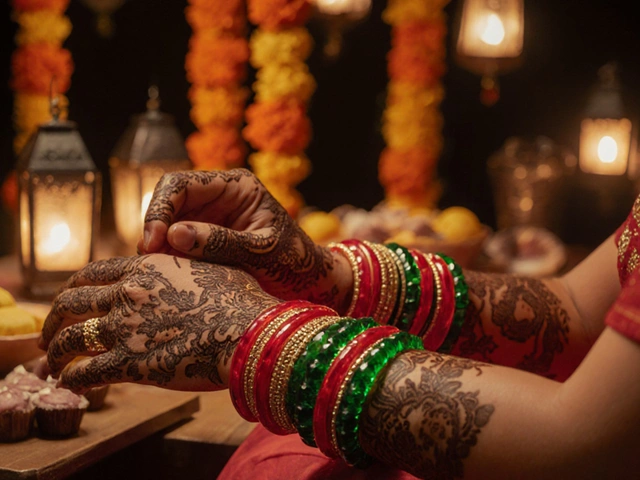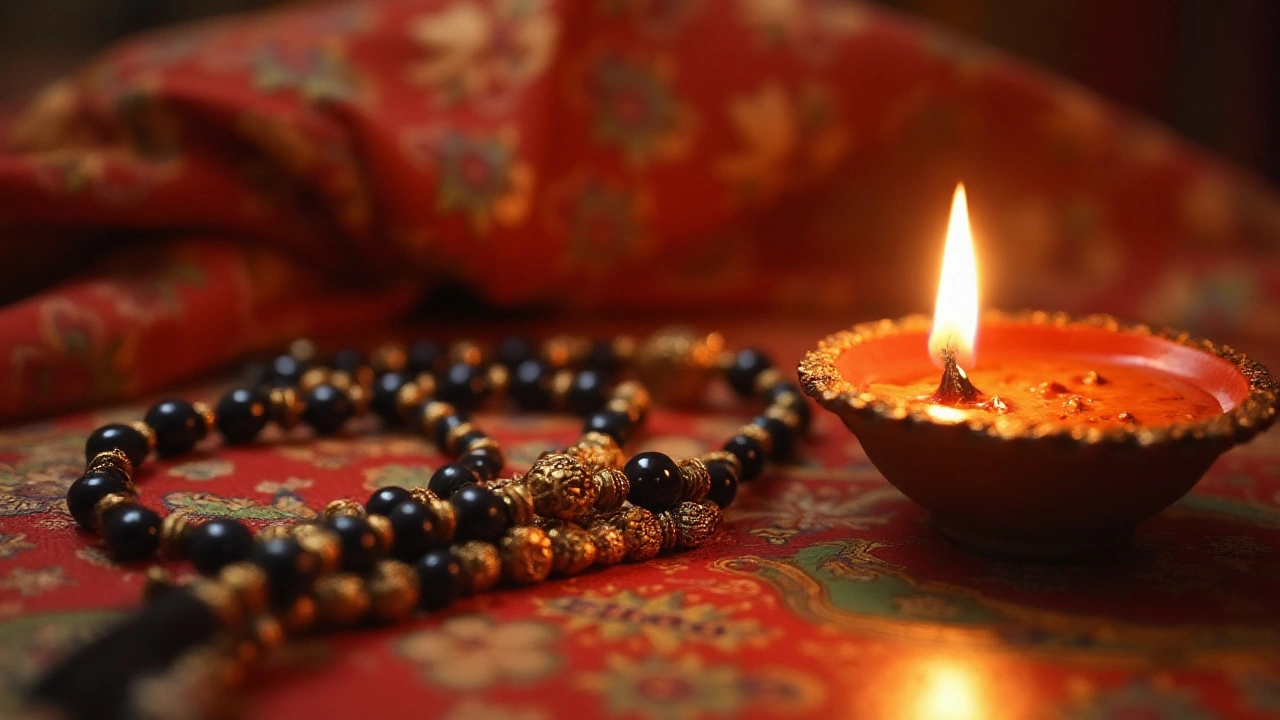
The mangalsutra isn't just another piece of jewelry; it holds within its beads stories from centuries ago. With roots tracing back to ancient traditions, it is more than an adornment—it's a cultural emblem steeped in meaning. Worn by married Hindu women, the mangalsutra is believed to serve as a shield against the malevolent gaze known as the evil eye, a belief that has persisted through ages.
While its primary role is as a symbol of marriage, the intricate designs of the mangalsutra carry deeper meanings. Patterns embellished in gold and black beads are meticulously chosen, each with a unique significance intended to offer protection and prosperity. From minimalistic styles to more lavish creations, these designs reflect the diverse cultural landscapes from which they originate.
The idea of the evil eye can be found in many cultures, but how does a necklace ward it off? By examining these beliefs, we explore a fascinating blend of spirituality and tradition. As we move towards contemporary times, the mangalsutra continues to evolve, blending classic styles with modern designs to suit every preference while preserving its protective essence.
- Historical and Cultural Significance
- Design Elements and Their Meanings
- Symbolism in Ward Off the Evil Eye
- Modern Interpretations and Fusion Trends
Historical and Cultural Significance
The mangalsutra is more than just a necklace; it is an emblem of marital commitment and cultural heritage passed down through generations. Its roots delve deep into the fabric of Hindu culture, where it is considered a vital part of the wedding ceremony known as 'saptapadi,' or the seven vows ritual. Historically, the significance of the mangalsutra can be traced back to the Dravidian era, where it served as a token of love and respect between husband and wife. This unique tradition has held its ground through various dynasties, including the Maurya and the Gupta, transforming yet preserving its essence over time.
In essence, the mangalsutra is composed of black and gold beads, strung together to form a striking piece of jewelry. These colors are not chosen haphazardly; black is believed to ward off evil spirits, a purpose central to the mangalsutra's design. Gold, on the other hand, represents prosperity and purity. Worn around the neck, it consciously binds the wearer to her spouse, acting as a daily reminder of their vows and responsibilities.
"The mangalsutra is considered auspicious as it is believed to protect the couple from negative influences. It is much more than accessorizing; it's a sacred thread imbued with marital grace," says Dr. Radhika Patel, a noted cultural anthropologist.
This concept resonates beyond India's borders as well. Many cultures harbor similar beliefs about the protective powers of certain items of jewelry. However, the mangalsutra remains uniquely Indian in its symbolism and significance. It stands as an acknowledgment of the woman's recognition within her husband's home and society. Even within India, the designs and the intrinsic meanings can vary remarkably across regions and communities. For example, in Maharashtra, the traditional mangalsutra is distinguished by its vati-style design, while in Andhra Pradesh, it may incorporate coral beads alongside the regular black and gold.
Amidst these layers of history and culture, the mangalsutra also emerges as a fashion statement, embodying traditional beauty seamlessly blended with modern elegance. This has led contemporary designers to reimagine classic styles without diluting their cultural integrity. Creating a balance between ancient traditions and modern trends, artists and jewelers now incorporate diamonds, white gold, and other precious stones, opening a fresh realm of possibilities for this deeply sacred ornament.
Through its many iterations, one constant remains: the mangalsutra's unyielding capacity to function as a protective talisman against the evil eye. Acknowledged by elders, revered by brides, and cherished by all, it is a lasting symbol of love, protection, and cultural longevity. With the passage of time, even as the threads and beads might change, the vibrant cultural narrative surrounding the mangalsutra continues to weave stories of devotion and fortitude, transcending temporal and geographical boundaries.
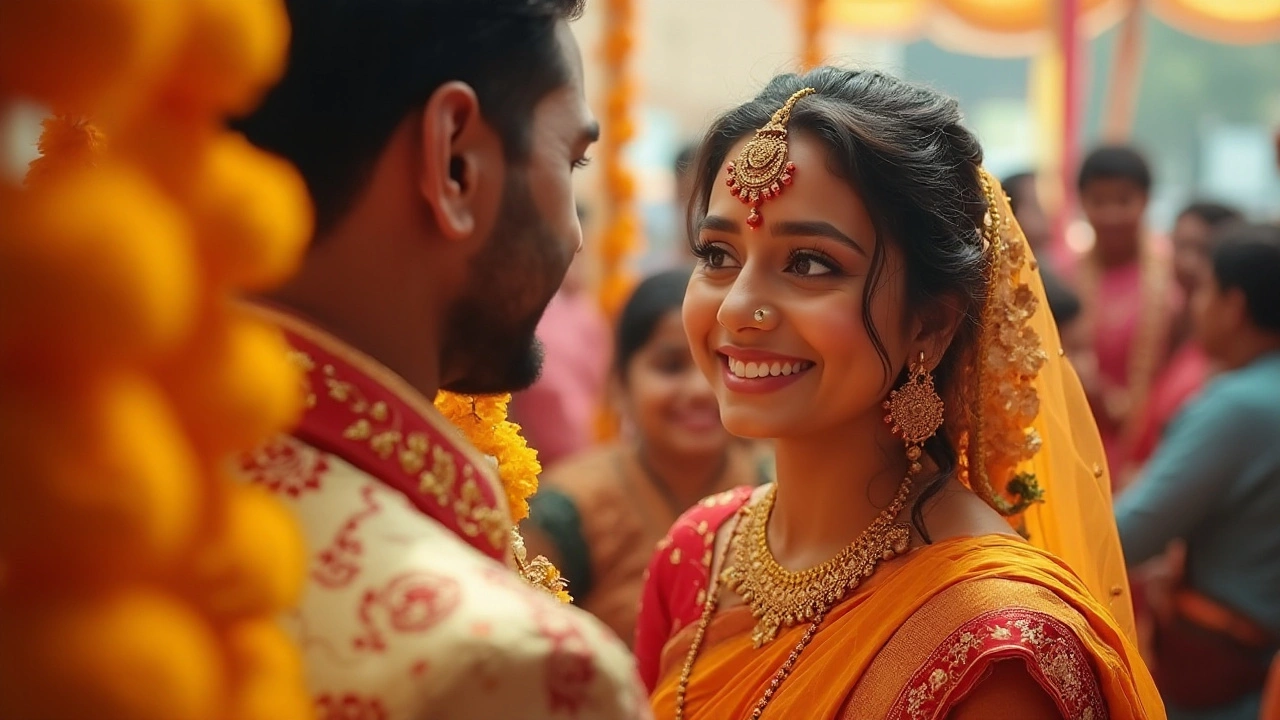
Design Elements and Their Meanings
The mangalsutra designs have long captured the essence of beauty and symbolism. Each design element speaks of rich traditions and beliefs carried through generations. Starting with the primary material, gold stands out as a symbol of purity and prosperity. You’ll find many mangalsutras intricately crafted with gold beads woven together with black beads. Black, believed to be a protective color, guards against the negative energies associated with the evil eye. It acts like a tiny shield, deflecting envy and ill-wishes.
Another essential design element is the pendant, often sitting at the center of these beautiful necklaces. Traditional pendants may include images of deities or symbols that bring good luck and protection. The motifs vary greatly, sometimes featuring intricate carvings of Lakshmi or Durga, invoking their blessings upon the wearer. This, coupled with sacred sounds, when worn close to the heart, is thought to create a soothing aura around the wearer. Even today, in an era of contemporary fashion, the religious influences in mangalsutra designs continue to mark their significance in every piece.
Beyond traditional motifs, some mangalsutras feature geometric shapes or floral designs, giving them a universal appeal. A circle can symbolize eternity, whereas flowers might stand for peace and harmony. These shapes aren't just decorative; they hold deep meanings that reflect different paths of life. A minimalist design with fewer beads and a simple pendant might suit modern-day aesthetics while still holding onto its powerful spiritual qualities. The interesting thing is how these diverse designs sustain the function of ward off the evil eye, all while embracing varied cultural interpretations.
An insight from scholars supports these ideas:
"The mangalsutra is not merely a representation of marital status, it is a reiteration of diverse belief systems and cultural inheritances."As the world changes, mangalsutras must evolve, as must many traditions that adapt with the ebb and flow of life. These understated yet defining pieces still resonate with the echo of an era when every bead was handpicked to ensure it carried the magic of ages long gone. It's a tapestry of beliefs woven into gold and black, each mangalsutra design respecting the past and embracing the future.
As we look closer into modern preferences, we often find them adapting to lifestyle needs without shedding their core purpose. Women today might opt for a mangalsutra that fits seamlessly into their everyday wear. Whether it's for an important presentation at work or a family gathering, the choices of designs available are immense. It serves as a reminder of the strength of such jewelry traditions in maintaining relevance. The mangalsutra, through its evolving designs, continues to be a silent guardian against negativity, while bearing witness to the bonds of love and unity.
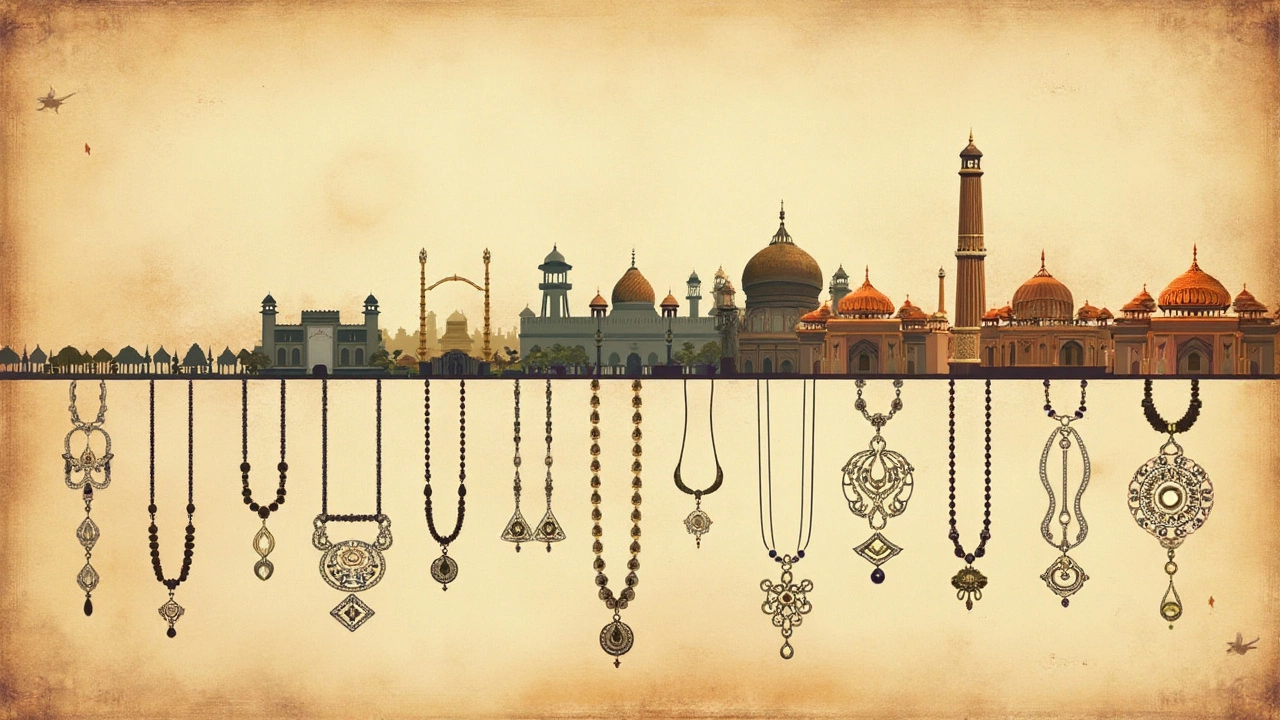
Symbolism in Ward Off the Evil Eye
The mangalsutra, adorned around a bride's neck on her wedding day, is much more than a mere marker of marital status in the Hindu tradition. It is a powerful talisman believed to ward off the nefarious influence of the evil eye, known as 'nazar' in several Indian languages. The evil eye concept has roots not only in Hindu culture but branches out to other traditions worldwide, each embracing its methods and symbols for protection. But what makes this piece of jewelry, the mangalsutra, a guardian against negative energies?
One key element perhaps lies in its colors and composition. Traditionally, a mangalsutra is crafted using black beads, a color conventionally associated with absorbing and neutralizing negative energy. The beads act as a barrier, capturing any ill intentions directed at the wearer, transforming the mangalsutra into a personal shield of sorts. Alongside these beads, the design often incorporates gold, not merely for its aesthetic appeal. Gold has long been held in high regard for its purifying properties, adding another layer of protective power to the necklace.
The symbolic strength of the mangalsutra is further enriched through various regional designs, each carrying its unique interpretation and added layers of meaning. For instance, in some parts of India, the mangalsutra features pendants or charms symbolizing particular deities believed to oversee protection and fertility. These designs aren't random; they're a testament to centuries-old beliefs and practices, embedding spiritual significance into physical form.
According to renowned cultural historian Shashi Tharoor, "The mangalsutra serves simultaneously as a symbol of unending love and a shield that combines tradition with protection from the envious glances of the world."
Moreover, many wearers of the mangalsutra might not realize that its protective implications extend into the metaphysical. The very act of tying it during the wedding ceremony is steeped in ritual promise and intention, which many believe imbues the necklace with its guardian capabilities. This ceremonial tying creates a bond not just between the couple but also with the unseen forces believed to watch over the marriage.
Aside from its deeply rooted traditional significance, the mangalsutra continues to fascinate and evolve. With new designs catering to contemporary tastes while maintaining its symbolic core, this piece of jewelry bridges past customs and modern fashion. Modern iterations may incorporate diamonds or other precious stones, thought by some to amplify the protective aspect, reflecting both timeless traditions and the adaptability of cultural symbols to maintain relevance in today's world.
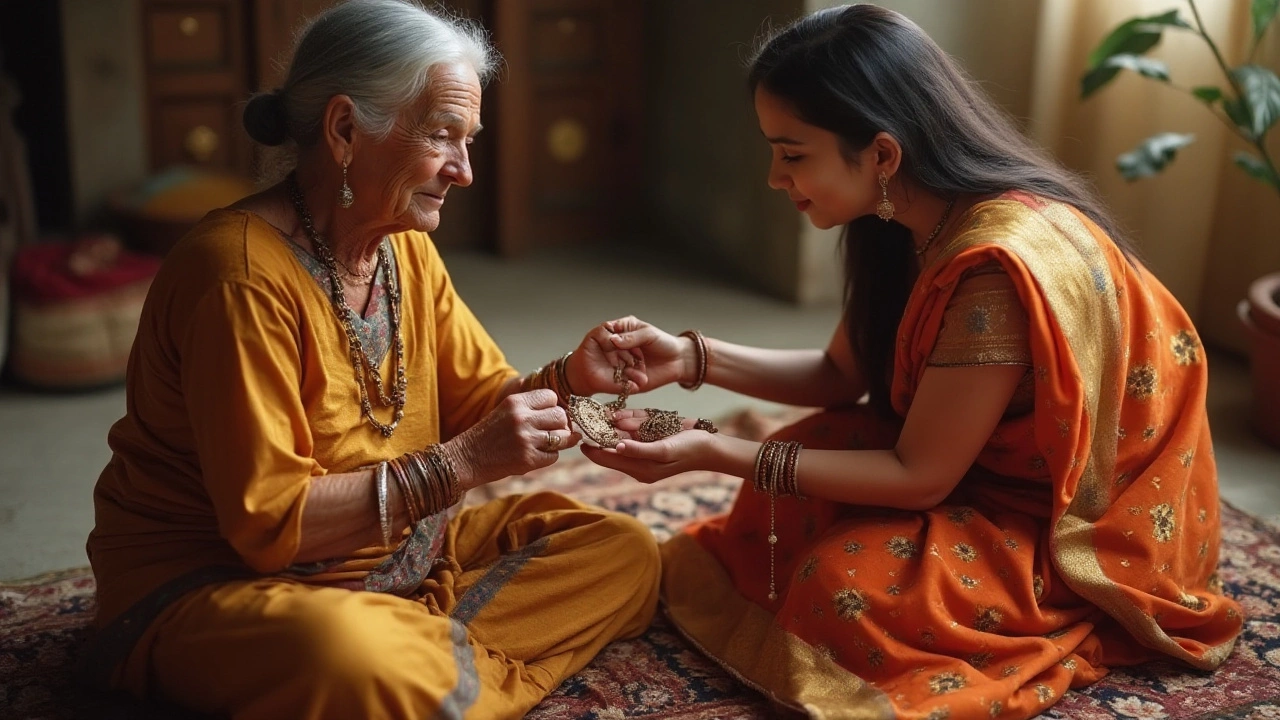
Modern Interpretations and Fusion Trends
In today's world, the traditional mangalsutra designs are taking on new forms as they blend with contemporary fashion and lifestyles. As society progresses and younger generations seek to balance tradition with modernity, this transformation is particularly evident in the realm of jewelry. What was once a strictly defined indicator of marital status is now being reimagined with innovative approaches that speak to individual expressions of love and commitment. Jewelry designers across the globe are responding to this shift with collections that resonate both with cultural heritage and modern aesthetics. This evolution invites a fresh narrative to the mangalsutra, maintaining its symbolic roots while incorporating global trends and minimalistic styles that appeal to modern-day sensibilities.
The modern mangalsutra has found its way to the limelight not only in design but also in the choice of materials. While gold and black beads remain prevalent, novel materials like white gold, platinum, and even ethically sourced gemstones are being integrated into these pieces. This transition signifies not just a change in style, but also a deeper understanding and acknowledgment of sustainability and ethical consumption. The use of alternative materials allows for greater customizability, making the mangalsutra a uniquely personal statement that reflects one's personal values and tastes. It’s interesting to note that some modern brides are opting for detachable pendants, which can serve dual purposes, easily transitioning from traditional ceremonies to everyday wear. These innovations highlight a flexibility that was previously unseen, making the mangalsutra as versatile as it is significant.
Traditional motifs are often reimagined in ways that cater to aesthetic trends while preserving the essence of spiritual protection. For instance, some designers incorporate the evil eye motif directly into the mangalsutra’s design, combining two protective symbols into one powerful talisman. Such designs serve as a testament to the ingenuity and creativity of modern artisans. The fusion doesn't just stop at aesthetics. People today demand stories behind their jewelry, narratives that speak to continuity, change, and personal evolution. For example, renowned designer Sabyasachi Mukherjee has been known to intertwine traditional patterns with modern elements, saying in an interview,
"To create something timeless, you must research the past but never get stuck in it."This mindset encapsulates the essence of modern mangalsutra design—an appreciation of history paired with a desire to evolve.
Globally, there's an increasing interest in cross-cultural designs, as marriages today often bridge multiple traditions. This trend has inspired the incorporation of global aesthetics, such as incorporating Celtic knots or Greek patterns into the mangalsutra, broadening the appeal of these pieces beyond cultural boundaries. The blend of these diverse influences results in jewelry that's not only rich in symbolism for one culture but resonates as a universal emblem of love and connection. This global outlook has not only amplified its charisma as a fashion statement but has also broadened the market, inviting non-Hindu, multicultural couples to partake in its legacy. The fusion trends indicate a move towards inclusivity and global acceptance, a celebration of diversity reflected through design.
As we look ahead, it’s clear that this evolution won't stop here. With the rise of technology and digital fashion, virtual mangalsutras and augmented reality are opening new avenues for personalization that were previously unimaginable. Imagine a future where you can try different designs in a virtual environment before committing or where a piece can digitally transform to match your attire. The horizon is thrillingly expansive, much like our enduring fascination with this beloved symbol. The mangalsutra is no longer confined to a singular identity but flourishes as an ornament that embodies the old and the new, the east and the west, and every nuance in between. Its journey is a mirrored reflection of our own, both a timeless piece and a progressive force in the tapestry of cultural heritage.

